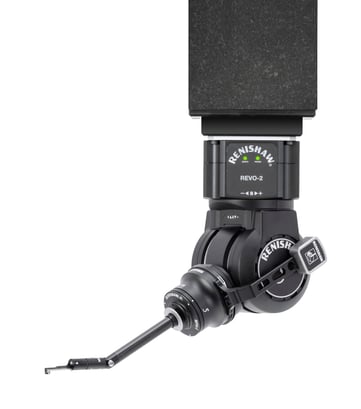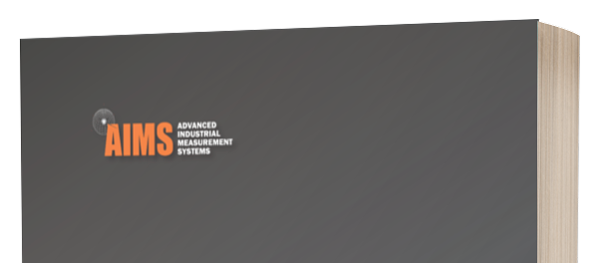
Webster’s Dictionary defines the word “retrofit” as installing new or modified parts or equipment in something previously manufactured or constructed. Lots of things can be retrofitted or rebuilt. From vintage cars and houses with history to energy systems, infrastructure and aircraft, the demand to extend the life of an item or structure and increase its performance is stronger than ever.
Manufacturers have a reputation for holding on to legacy machines, making the idea of retrofit or rebuild especially attractive. Why? Well, the cost is significantly lower than the cost of new capital equipment. A rebuilt carefully preserves the original functioning parts while restoring that which is needed to mesh with current technology requirements. Operating challenges can be resolved through rebuilds and ROI is optimized.
Retrofits and rebuilds don’t have to be disruptive because they can be planned during scheduled downtimes. Real-time predictive and maintenance analysis can employ data to evaluate bottlenecks that might be good candidates for retrofits or rebuilds. Unexpected equipment failure or loss of productivity in today’s manufacturing environment can mean the difference between survival and the ability to thrive.
CMM structures typically aren’t subject to wear and tear so have the potential to remain serviceable for years. The software, control systems and sensors that help run them however can and do become outdated.
Retrofitting older equipment is an effective way to upgrade your operations and it might also be something to consider if you preparing to support pent up demand once business operations resume. Retrofitting an older CMM probe head like a PH10 with a 5-axis PH20 or REVO can boost throughput significantly. It can also provide improved accuracy, faster measurement, more automation and other advanced capabilities while taking advantage of CAD-driven programming.
Increased measurement capability can mean better control of functional fits, simpler data analysis, increased consistency and shorter lead times. From a operational perspective, faster throughput can eliminate bottlenecks and reduce the amount of time it takes to process feedback. CMM capacity can also be freed up to take on other measurement tasks.
With businesses looking at ways to re-open while maintaining social distancing under COVID-19 guidelines, automation means fewer employees but also reduces operating costs.
AIMS can help you with hardware and software retrofits and upgrades. Hardware retrofits include:
- PH20
- REVO
- PH10
- Manual Head
- Controller
Our typical retrofit package upgrades both a CMM’s hardware and software and includes:
- Probe heads
- CMM controller
- Software
- Computer
- Installation/calibration
- Training
When it comes to software upgrades and services we offer the following:
- Software training at AIMS’ facility
- Offsite software training at customer locations
- Upgrade service to a newer verison
Call us today and let us customize the right products and services for you.

